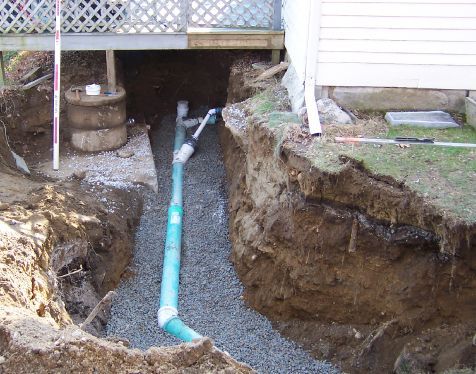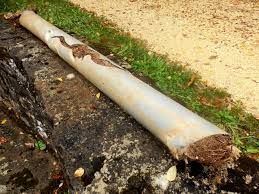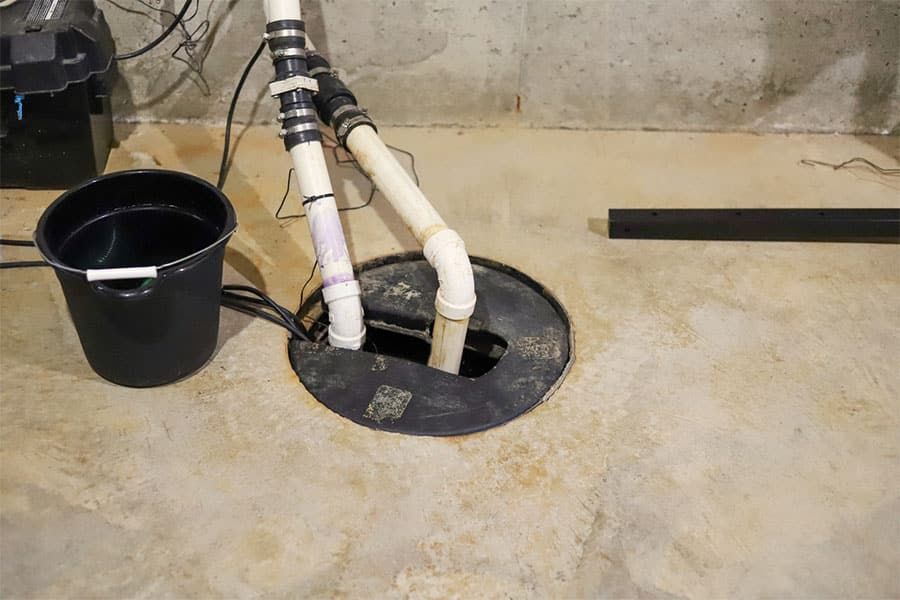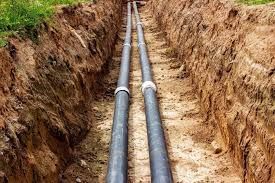The Sewer Line Inspection Process: What to Expect
A professional sewer line inspection typically involves advanced technology, particularly video inspection cameras, to closely examine the condition of your sewer lines. The process is non-invasive, meaning it doesn’t require digging up your yard or breaking open walls. Let’s walk through the typical steps involved in a sewer line inspection.
"How to Detect a Sewer Line Problem Early"
1. Preparing for the Inspection
Before the inspection begins, the plumbing technician will assess your home’s plumbing system. They will ask about any symptoms you’ve noticed—like slow drains, sewage backups, or unusual odors. If there are specific areas of concern, such as a yard with pooling water or signs of a clogged drain, they’ll focus the inspection on those parts of the system.
2. Using Video Inspection Technology
Once the assessment is complete, the plumber will insert a small, flexible camera into the sewer line through an accessible drain or cleanout point. This camera is attached to a long cable that can move through the pipes, providing a real-time video feed that shows the interior of your sewer system. The camera is equipped with a bright light to ensure clear visibility, even in dark, narrow pipes.
As the technician moves the camera through the sewer line, they can identify potential issues such as blockages, cracks, tree root intrusions, or corrosion. This is the most efficient way to get an accurate picture of what’s happening in your pipes without any disruption to your property.
3. Identifying Problem Areas
The plumber will analyze the video feed in real-time, marking any areas of concern. For instance, if the camera detects tree roots infiltrating the pipes or a significant buildup of grease and debris, these problem spots will be clearly visible. They’ll also check for pipe misalignments, which can cause water to pool and lead to future issues.
In some cases, the technician may use the camera to check the condition of the pipes along their entire length, ensuring no problems are overlooked. Once the inspection is complete, they’ll discuss their findings with you, explaining the condition of the sewer line and recommending necessary repairs.
4. Providing a Detailed Report
After the inspection, you’ll receive a report that includes the video footage of the inspection, along with a detailed breakdown of what the plumber discovered. The report may include specific problem areas, the severity of each issue, and suggested solutions. The report can serve as a valuable document for future reference, whether you’re addressing the problem now or keeping it in mind for future planning.
What Issues Can Be Identified During a Sewer Line Inspection?
A professional sewer line inspection is invaluable for detecting a wide range of problems, many of which can go unnoticed until they cause major damage. Here are some common issues that can be uncovered during an inspection:
1. Tree Root Intrusions
Tree roots are naturally drawn to the water and nutrients found in sewer lines, and over time, they can infiltrate the pipes, causing cracks, blockages, and even complete collapses. Root intrusions are particularly common in older homes with clay or cast iron pipes. With video inspection, roots can be seen growing into the pipes and blocking the flow of wastewater.
2. Pipe Corrosion or Deterioration
Old metal or clay pipes are particularly susceptible to corrosion and deterioration. Corrosion can narrow the inside diameter of the pipe, creating a perfect environment for debris to build up. Over time, this can lead to a full-blown blockage. A professional inspection will allow the technician to assess the extent of corrosion and determine if pipe replacement or repair is necessary.
3. Clogs and Debris Buildup
While you may have noticed slow-draining water or occasional clogs in your sinks and tubs, a sewer line inspection can help pinpoint the exact cause of these issues. Whether it's grease buildup, food scraps, hair, or other debris, the inspection can reveal where these materials are accumulating and leading to clogs.
4. Misalignments and Bellies in the Pipe
Sewer pipes can shift or settle over time due to ground movement or soil erosion. This can cause the pipes to become misaligned, creating a "belly" in the line where wastewater collects and doesn’t flow properly. These misalignments can lead to blockages, leaks, and eventual pipe failure.
5. Cracks and Leaks
Sewer lines, especially older ones, can develop cracks or leaks due to aging materials, physical damage, or the pressure of the surrounding soil. These cracks can allow wastewater to escape into the surrounding ground, leading to foul odors and potential contamination of the environment. A sewer line inspection can detect these issues early on, allowing you to take corrective action before they become bigger problems.
What Risks Are Involved with Sewer Line Issues?
Ignoring problems with your sewer line can lead to serious risks and costly consequences. Sewer line issues often worsen over time, leading to more extensive damage. Here are some of the potential risks of not addressing sewer line problems promptly:
1. Property Damage
Water that backs up from a clogged or broken sewer line can flood your home’s basement, yard, or other areas, causing significant damage to flooring, walls, and personal belongings. These kinds of repairs can be expensive and time-consuming.
2. Health Hazards
Raw sewage is harmful to both humans and animals. It contains bacteria, viruses, and other pathogens that can lead to serious health issues. Sewer line backups or leaks can contaminate your water supply, creating a hazardous living environment.
3. Higher Repair Costs
The longer you wait to address a sewer line issue, the more expensive it becomes to fix. What might start as a simple blockage or small crack can quickly escalate into a much larger problem requiring extensive repairs or even complete pipe replacement.
Expert Recommendations for Sewer Line Care
Once your sewer line has been inspected and any issues are identified, it’s crucial to take prompt action to avoid future problems. Here are some expert recommendations to help maintain your sewer line in good condition:
1. Regular Inspections
Even if your sewer line appears to be functioning fine, it’s a good idea to schedule regular inspections, especially if your home has older pipes or you’ve experienced plumbing issues in the past. This allows professionals to spot any developing problems before they cause significant damage.
2. Proper Waste Disposal
Be mindful of what you flush or put down the drain. Avoid flushing items like baby wipes, paper towels, and grease, as these can lead to blockages and build-ups in the pipes. Proper disposal of household waste is key to maintaining a healthy sewer line.
3. Professional Repairs
If the inspection uncovers any serious issues, such as tree root intrusion or significant corrosion, it’s essential to address them with the help of a professional plumber. Depending on the severity of the issue, repairs may involve root removal, pipe cleaning, or pipe replacement.
Conclusion:
A professional sewer line inspection is an essential part of maintaining your home’s plumbing system. It can uncover hidden issues that, if left untreated, could cause costly damage and health risks. With the help of modern video inspection technology, plumbers can identify problems early on, allowing you to take action before they escalate. Whether you’re dealing with tree roots, corrosion, or blockages, regular sewer line inspections provide peace of mind and help keep your home’s plumbing system functioning smoothly. By staying proactive and following expert recommendations, you can prevent future issues and save yourself from expensive repairs.
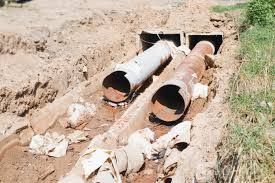
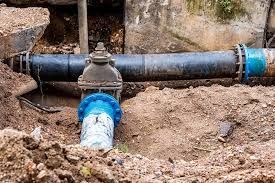


CONTACT INFORMATION
Office:
855-266-7682
Email:
service@AllCityPlumbers.com
Address: 6694 Oak Ridge Commerce Way, Austell, GA 30168
Business Hours:
Mon - Sun 24 Hours
OUR SERVICES
© 2022 All Rights Reserved|All City Plumbers Privacy Policy | Terms & Conditions | Sitemap

